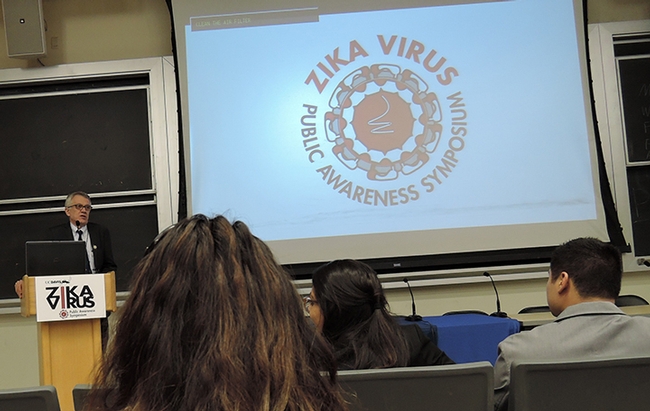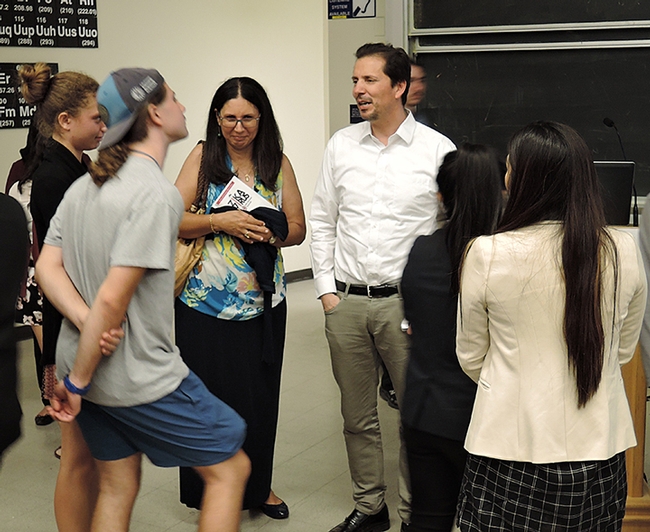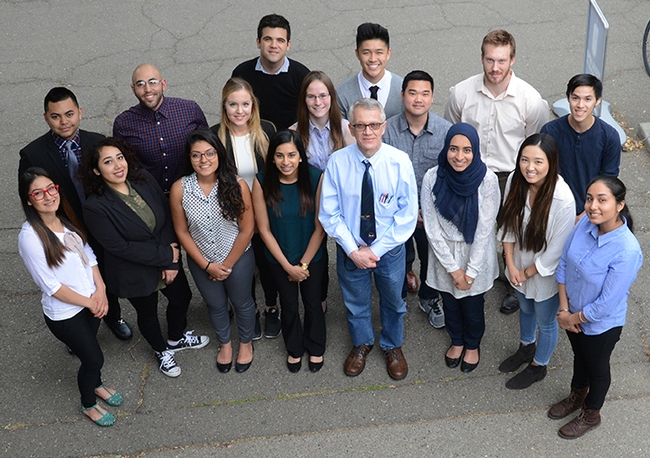- Author: Kathy Keatley Garvey
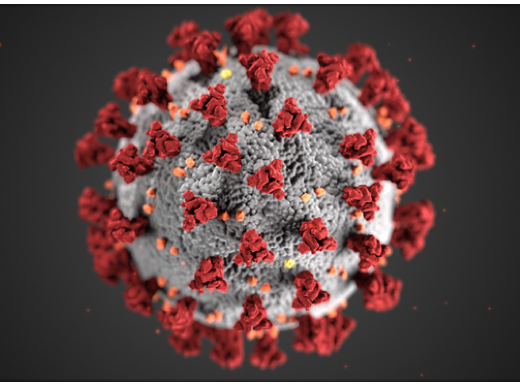
A seven-member team from UC Davis will challenge a seven-member team from Cardiff on questions related to biochemistry and COVID-19. The public is invited register for the Zoom event at https://tinyurl.com/dmnftsuj
UC Davis Chancellor Gary May will deliver the welcoming address.
“We will focus on a theme of protein structures, emphasizing two proteins of public interest--specifically, hemoglobin, the carrier of oxygen from the lungs to the tissues,” said organizer-moderator Walter Leal, UC Davis distinguished professor of molecular and cellular biology and a former chair of the UC Davis Department of Entomology and Nematology.

“As I said in class, this protein makes FedEx envious. It carries oxygen from the lungs to the muscles and other cells, drops the load at the destinations, and picks up carbon dioxide and protons to take back to the lungs. It is a multitasking protein. It is never idle unless a person gets COVID-19.”
The March 10th event will actually include three games. Prior to The Big Game will be two preliminary games that will determine the composition of the seven-member UC Davis team that challenges Cardiff.
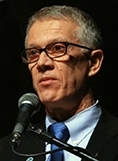
Ironic Bonds: Catherine Rodriguez, Kelly Brandt, Jiaying Liu, Aly Lodigiani, and Efrain Vasquez Santos
Gibbs Team: Kathryn Vallejo, Yasamin (Yasi) Parsa, Tina Luu, Brandon Matsumoto, and Esha Urs
Game 2 will pit the two champion teams that played off-tube or off-camera.
Alpha Helices: Mary Aina, Daniel Colon, Eva Pak, Stephanie Matsumoto, and Joseph Morrison.
Beta Strand: Shiwani KC, Brycen Carter, Beatrice Ark-Majiyagbe, Samantha Levy, and Erica Arsaga.
The Big Game: “For the UC Davis team that will challenge Cardiff, we will have five players from the winner of Game 1, plus one player from Alpha Helices and one player from Beta Strand,” Leal explained.
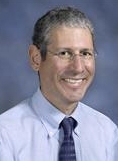
While the teams work on the questions, Dr. Dean Blumberg, an epidemiologist and chief of Pediatric Infectious Diseases, UC Davis Children's Hospital, will answer questions about vaccines and vaccinations.
The Eric Conn Biochemistry Quizzes, memorializing a noted plant biochemist known for his research and teaching, drew fundamental biochemistry questions. (See event on YouTube at https://youtu.be/Y9T9ayRXyYE)
"Remote learning is causing ZOOM fatigue and impairing student's ability to focus," Leal writes on the registration page. " We hope that this educational activity will promote physically distant, socially close interactions between undergraduate students and further our institutions' ties."

- Author: Kathy Keatley Garvey
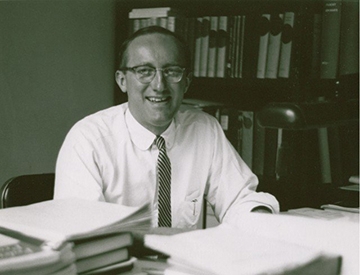
One is the University of California, Davis, or UCD. The other: University College Dublin, or UCD.
Just add "UCD vs. UCD Biochemistry Games," and you get a friendly global rivalry between undergraduate biochemistry students at the two universities.
That's what's coming soon in an event planned by organizer Walter Leal, a UC Davis distinguished professor of molecular and cellular biology and a former chair of the UC Davis Department of Entomology (now the Department of Entomology and Nematology).
"Both UC Davis and UC Dublin are global research universities," said Leal. "The COVID-19 pandemic has hampered our efforts to exchange students. Meanwhile, remote learning is causing ZOOM fatigue and impairing student's ability to focus. We hope that this educational activity will promote physically distant, socially close interactions between undergraduate students and further our institutions' ties.”
Both universities maintain vibrant research programs, Leal said. More than 39,000 students attend UC Davis, a public land-grant research university and a member of the Association of American Universities. More than 33,000 attend UC Dublin, a member institution of the National University of Ireland, and Ireland's largest university.
To determine the UC Davis participants, The Big Game will be preceded by a preliminary game, the Eric Conn Biochemistry Quizzes, set for 4 p.m., Saturday, Feb. 20. This memorializes noted plant biochemist Eric Conn (1923-2017), whose tenure at UC Davis spanned 43 years. He co-founded with Paul Stumpf (1919-2007) the UC Davis Department of Biochemistry and Biophysics, which evolved into the Department of Molecular and Cellular Biology.
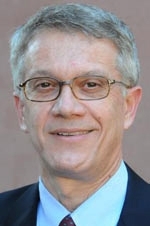
Leal said that one of the most notorious presentations of COVID-19 is hypoxia (insufficient oxygen in the blood). “While the virus replicates and the spike proteins trigger invasion to other cells, hemoglobin cannot capture enough oxygen because the lungs' alveoli are filled with the mucus derived from the viral infection.”
UC Davis students (prospective participants) and the public can register at https://tinyurl.com/y33eyc4v. Up to 500 members of the public can register. The number of UC Davis students selected to compete is undetermined, depending on responses from UC Dublin, Leal said. “It may be between 10 and 15 students on each team.”
Two Department of Molecular and Cell Biology emeriti professors Charles Gasser and National Academy of Sciences member J. Clark Lagarias, will ask questions and serve as judges for both the preliminary game and the final game. Two UC Dublin judges also will be selected. Prizes are pending.
Eric Conn
The event promises to be an educational and entertaining activity but at the same time honoring Conn, a member of the National Academy of Sciences and world-renowned in his field for his contributions to the understanding of plant metabolism.
Described as an excellent teacher and researcher, Conn received the UC Davis Academic Senate's Distinguished Teaching Award in 1974 and the Academic Senate's highest honor, the Faculty Research Lecturer Award, in 1977. He won the UC Davis Prize for Undergraduate Teaching and Scholarly Achievement in 1989.
“He is remembered as an architect and advocate of biological sciences programs at UC Davis whose leadership helped establish the academic spirit of the College of Biological Sciences as it exists today,” according to a Sept. 21, 2017 article on the College of Biological Sciences website.
Born in Berthoud, Colo., the youngest of four sons, Eric moved with his family in the early 1930s to Bellaire, Kan. He considered himself a “child of the Dust Bowl during the Great Depression.” Eric received a four-year scholarship to the University of Colorado, earning his bachelor's degree in chemistry in 1944. He worked as an inorganic chemist with the Manhattan Project through the remainder of World War II, first as a citizen and then as a private with the U.S. Army.
Conn received his doctorate in biochemistry from the University of Chicago in 1948 and served as a postdoctoral fellow there for two years before joining the faculty of UC Berkeley in 1950. Conn joined the UC Davis faculty in 1958, founding the Department of Biochemistry and Biophysics with UC Davis colleague Paul Stumpf (1919-2007). The department they founded evolved into the Department of Molecular and Cellular Biology.
Conn organized the university's introductory course in biochemistry in 1959 and taught it until his retirement in 1993. The course became a requirement for numerous undergraduate majors. Conn was the third recipient of the UC Davis Prize for Teaching and Scholarly Achievement (https://youtu.be/TdwJkcjQvbw)
Let the Games begin!
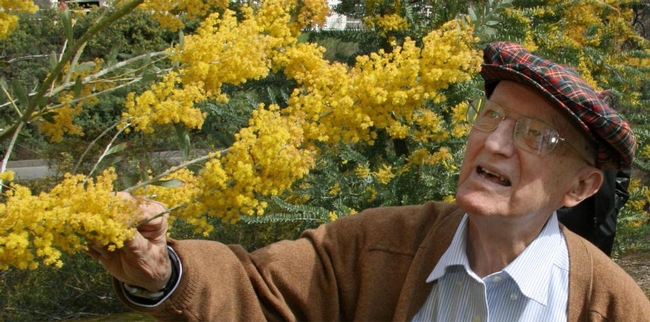
- Author: Kathy Keatley Garvey

The unique symposium, the work of chemical ecologist Walter Leal, professor in the UC Davis Department of Molecular and Cellular Biology and his 18 biochemistry students, drew an attentive crowd and scores of questions about the mosquito-borne virus, which is primarily transmitted by the yellow fever mosquito, Aedes aegypti.
In pregnant women, the Zika virus can cause fetal microcephaly and other severe brain anomalies, as well as a number of other medical issues. In adults, it can be sexually transmitted and can cause Guillain–Barré syndrome, a disorder of the immune system that damages the peripheral nervous system.
“I am certain that every person in attendance, either online or in Giedt Hall, whether specialist or not, knows more about Zika now then when the symposium started,” Leal said. “Mission accomplished! Those who did not attend and/or think that my statement is exaggerated or not accurate should go watch the recorded version of the symposium at https://video.ucdavis.edu/media/Zika+Virus+Public+Awareness+Symposium/0_n3aupf5c.”
“The highlight of the symposium, however, was the level of participation of the students," said Leal, a fellow of the Entomological Society of America and co-chair of the International Congress of Entomology meeting, set Sept. 25-30 in Orlando, Fla. "Clearly, new teaching approaches lead to students' engagement. This was an experiment that worked.”
A native of Brazil, Leal is a noted mosquito researcher (his lab discovered the secret mode of DEET) who collaborates with colleagues in Brazil. He recently participated in the international Zika scientific conference there.
What prompted the symposium? Leal and the 18 students decided that a scientific symposium would generate increased public awareness about the growing threat. They brought in speakers from the Brazilian frontlines (through Skype) and a Colorado State University researcher who contracted the Zika virus in Senegal and transmitted it to his wife. He was the first to discover that the virus is transmitted sexually.
The 18 students excelled, drawing praise from attendees and participants alike. In an email to Leal, James Carey, distinguished professor of entomology, UC Davis Department of Entomology and Nematology, wrote: "All were poised, confident, well prepared and articulate. You should be given a lot of credit for this creative outcome of your teaching efforts."
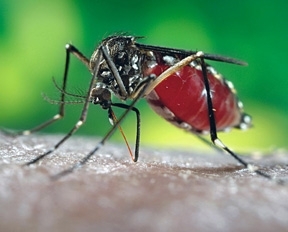
Symposium speakers included:
"The Zika Epidemic – An Overview"
Professor Walter S. Leal
UC Davis Department of Molecular and Cellular Biology
"Congenital Zika Syndrome"
Dr. Regina Coeli Ramos, University of Pernambuco, Brazil (remote)
"Zika Virus and Me"
Professor Brian Foy (remote)
Department of Microbiology, Immunology, and Pathology, Colorado State University
Zika Virus: Looking into Mosquitoes' Vectorial Capacity
Professor Constância F. J. Ayres
Department of Entomology, Fundação Oswaldo Cruz-Pernambuco, Brazil (remote)
"Don't Let Mosquitoes Bug You with Zika – Repel Them"
Professor Walter S. Leal
UC Davis Department of Molecular and Cellular Biology
"DEET vs. Zika – I Would Go with the Former"
Dr. Emanual Maverakis
Department of Dermatology, UC Davis School of Medicine
"Keeping Mosquito at Bay, Not in Your Backyard"
Dr. Paula Macedo
Laboratory Director, Sacramento-Yolo Mosquito & Vector Control District
"Friends Don't Let Friends Get Zika"
Dr. Stuart H. Cohen
Chief of the Division of Infectious Diseases and director of Hospital Epidemiology and Infection Control, UC Davis Medical School.
Some key points from the symposium
- Most people who contract Zika do not exhibit any symptoms whatsoever
- Zika virus is sexually transmitted; if you contract Zika, you can transmit it to your sexual partner.
- The mosquito, Aedes aegypti, is already in California, including the Clovis area and Palo Alto area
- Nearly 600 cases of Zika have already been reported in the United States, mostly in New York, Florida and California. Each case involved a U.S. traveler from a Zika virus "hot spot"
- Zika can persist up to 62 days in human semen
- Laboratory tests show that the common mosquito, Culex, can vector the virus and field tests are underway. Culex transmits West Nile Virus, Japanese encephalitis, and equine encephalitis.
- The two mosquitoes have varying feeding and breeding patterns: Culex feeds at night; and Aedes aegypti in the day, while Culex lays its eggs in polluted water, and Aedes aegypti in clean/clear water
- Culex quinquefasciatus, the southern house mosquito, is a potential vector; it has similar vector competence, and is much more abundant
The Zika virus was first isolated in 1947, in a rhesus monkey in a forest near Entebbe, Uganda. Brazil reported a human outbreak in early 2015. The virus is now spreading to other parts of South, Central and North America. The World Health Organization says the virus is likely to spread throughout most of the Americas by the end of the year. It is advising that people returning from known Zika outbreak areas to follow safe sex practices or abstain from sex for at least eight weeks.
